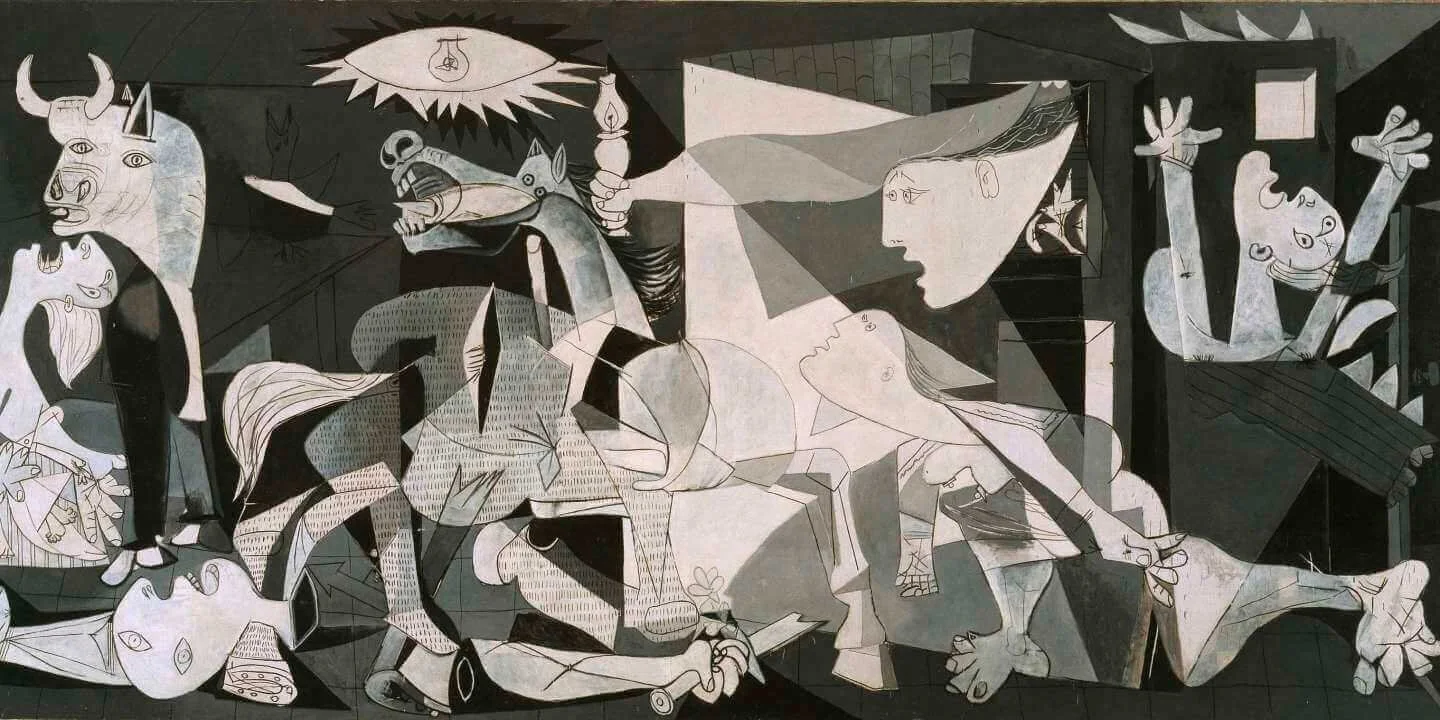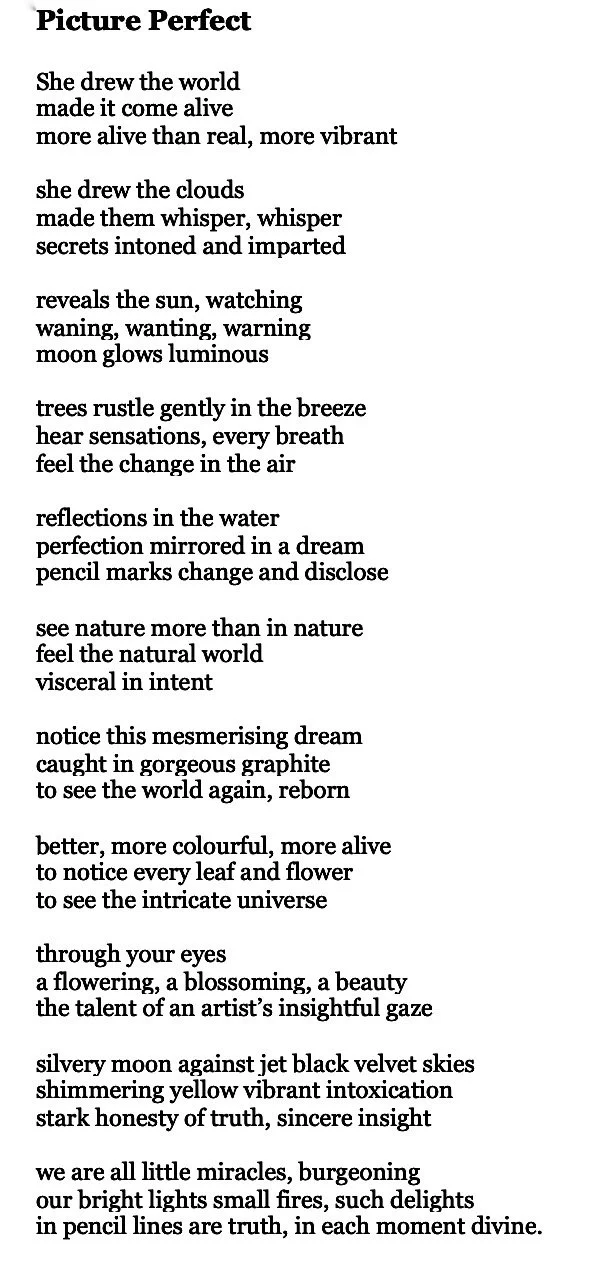Art: The Magic And The Glory
By Resident Poet Peter Devonald
The Burnt Orange Heresy and other insights
An exploration of art appreciation and ways of seeing work: does intention / history / exterior factors / biography / change the work, or is it just noise?
Spellbound and Picture Perfect are two celebrations of artists and art – how they make us feel, change or viewpoints, and improve our perspective and our world. A celebration. Thank you to all artists for your talent and all you provide for the world.
Both poems are for and published with permission from A.G.
LATEST NEWS
Delighted to be interviewed in-depth by R. N. Roveleh of The Unconventional Courier. The 9-page interview explores my film work, screenings, main writing themes, motivation, and the joy/ terror of appearing in cameo’s in my own films!
My review of Traum/A by JP Seabright: fifth wheel press 2023 – is now live:
The wonderful Metachrosis Literary is now available as a published anthology:
celebrates the relationship between the arts, sciences, and humanities. https://www.blurb.co.uk/b/11582949-metachrosis-issue-1
Poem: Lexicon Limits
Longlisted for Love the Words! International Dylan Thomas Day
Poem: Truly, Madly, Deeply
Coming soon:
The Sixpence Society Issue 2 – out any day now
Poems: Reflect Bitterness and Details Make the Heart Bleed
https://sixpencesociety.wixsite.com/journal
Rivista Issue 8 – out any day now
Poems: 9 Vaults Deep, I And The City and A Memory Of A Beautiful Day
https://rivista.bigcartel.com/
Published in ADDICTION: collection of poetry, prose, interviews on addiction.
Poems: What’s Your Poison? and Inscriptions
Selected for Mood Muse Collective for their HOPE publication
Poem: Tomorrow
A Day In the Life of Earth Dear Politicians: Ecopoetry Anthology – Stairwell Books
PETER DEVONALD
The Burnt Orange Heresy and other insights
I have always been fascinated by art and galleries, always found such inspiration and treasures. It is because of this love I decided never to become a painter or artist; I have already reduced my enjoyment of literature, film and TV by writing it. Working in an area changes our perception. Instead of enjoying the experience one sees structure, form, reasons behind each element. Surprise reverses are suddenly obviously laid bare and seen beforehand. But art still sings for me.
I studied aesthetics and arts at Lancaster University with the mesmerising Colin Lyas - a quite brilliant man who spoke with such passion and intensity. He explored arts and suggested different routes into work, different ways of understanding and seeing hidden details. Colin Lyas would show art and deconstruct it, give insights and knowledge to help us see the deep reality of the piece. He taught us how to appreciate and understand fine art, demystified and added meaning, created connection and realisation.
In this regard the film The Burnt Orange Heresy is well worth watching. James Figueras (Claes Bang) presents a work of art that most would consider bland or simplistic: “Examine this painting, if you will. How do you feel?” He then weaves stories about the art that changes our perception of it entirely. The title can help the journey of the artwork. Small elements included in the piece are explained and explored. Every brushstroke is vital for meaning. The artist's past becomes all too relevant. Suddenly our original perception is altered and the work has changed. “That, my dear friends, is the power of the critic.” Or the artist. Or our own research.
James Figueras finishes the lecture by revealing the entire story was made up and that he painted the piece himself the night before. Voila, book sales. He reveals the danger of relying on back story, meaning, brush strokes and intonation: how do we know it isn't a giant sham? A scam? What do we do when we can't trust our eyes? It is what makes The Burnt Orange Heresy an important film, albeit very flawed and imperfect. One review called it Intriguing Pretentiousness, which is pretty apt - but it is the trying to get a bigger audience that ultimately lets it down.
In the real world it is vital to realise that we change: our views, perspective, ideals and ideas all alter. Often work I dismissed when I was younger now has resonance. Film and TV that felt so vital in my youth now seem obvious or insipid. Works of art grow up around us. Through time and knowledge our viewpoint improves beyond the art.
For me the best art is full of narratives - stories for the soul. The aim as a viewer is to enjoy the initial viewing but then to unpick the hidden meanings, symbolism and metaphors to gain a greater understanding of what is being said and why. Of course there is such a wide variety of art that this definition is not always appropriate, but hidden stories often present themselves, especially in old masterpieces.
I am of course no expert, just an art lover, but a few thoughts on approaching art:
1) what medium or material is it? Why was this choice made? How would the art be different using different forms?
2) what are the symbols used in the artwork, what is the iconography?
3) how do context and history impact the work?
4) what is the artists intention? How does this change the art?
Two brief views on artworks:
a) Pablo Picasso’s epic painting, Guernica (1937), is extraordinary in itself, but gains extra levels through the iconography and context.
In the centre of the artwork is a screaming horse, a dismembered arm below it. To the left, a woman wails and holds a dead infant. Dominating the work is the light shade that looks like an explosion. These elements combine to produce the overall meaning of the painting, one of the most powerful anti-war art works created. The piece was made in 1937, in the middle of the Spanish Civil War which raged 17 July 1936 – 1 April 1939. A country at war with itself gives greater depth to a savage work.
b) Marcel Duchamp’s Fountain is very well known now and has become assimilated as a work of art. We are so used to ready-mades in art galleries but imagine the shock it must have caused over a hundred years ago when it was first presented at the Grand Central Palace in New York on 10 April 1917.
How to understand this work compared to masterpieces? Duchamp stated his wish to make "everyday objects raised to the dignity of a work of art by the artist's act of choice", which he had also done with the Bottle Rack in 1914. The first important aspect is the visceral reaction, disgust, and shock.
Without the context of it being presented during world war 1 the work loses its anti-war statement. How can a traditional work of art explain the horrors of a world war? What more fitting response to put a urinal in an art gallery?
Rumours suggested he was originally working on a piece called Tulip Hysteria Co-ordinating – but could any painting be more of a statement than the Fountain? The original title for Fountain was "le Bouddha de la salle de bain" (Buddha of the bathroom). Would this change the work? Alter perception? Change our response?
But for meaning the signature "R. Mutt 1917" is key. Perhaps it relates to the comic book Mutt and Jeff? Or Duchamp meant Armut ("poverty") or Urmutter ("great mother")? Duchamp stated R stood for Richard, French slang for "moneybags".
After reading some motivations and themes, how does it change your perception of the art? Does it make you feel anything different, or value it differently? Do provenance and intention change our first impression? What does that say about art?
Colin Lyas interview here: https://www.youtube.com/watch?v=zhPHDZ3lClU
Further reading: https://www.amazon.co.uk/Aesthetics-Fundamentals-Philosophy-Colin-Lyas/dp/1857285808





